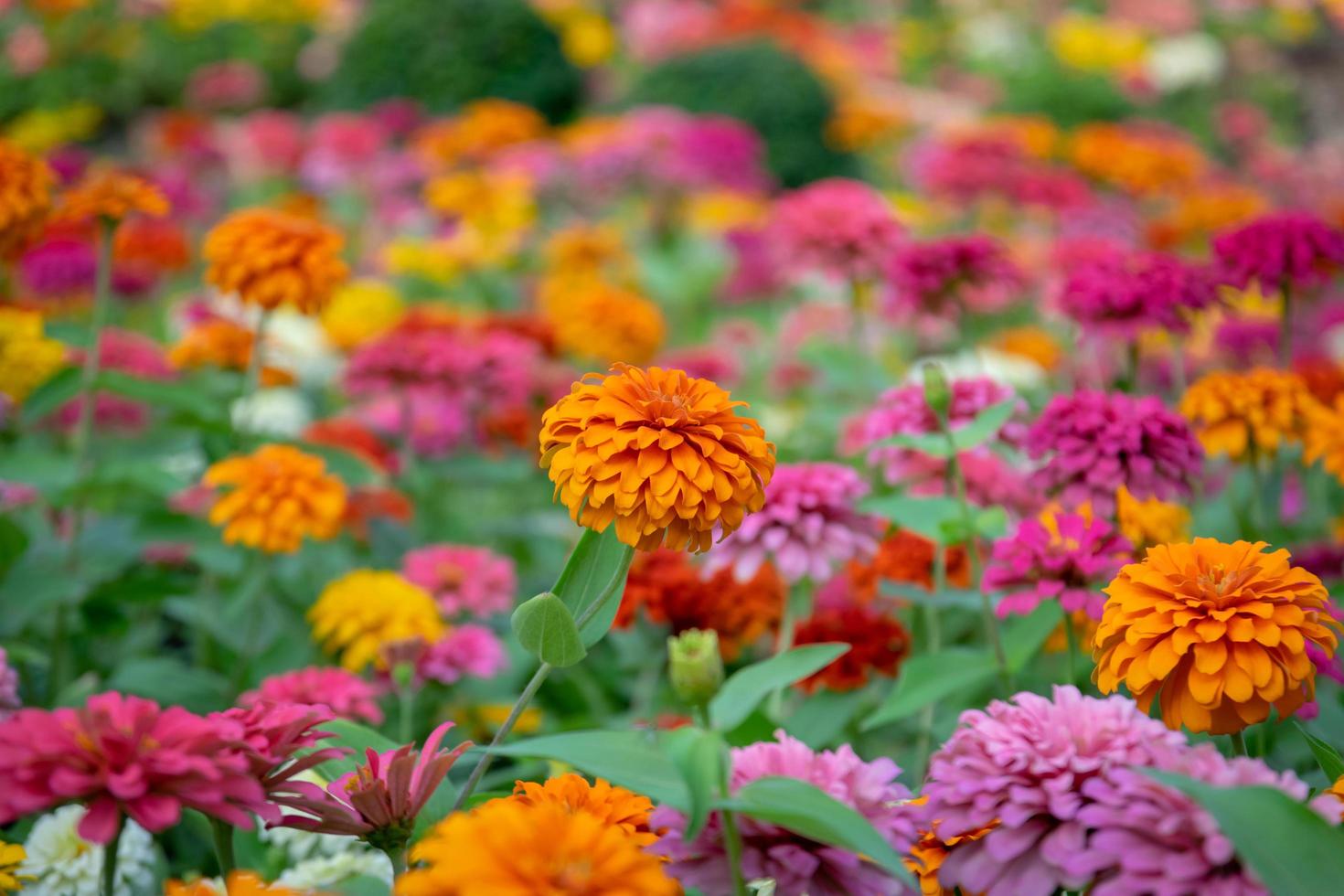14 Perennials That Bloom More Than Once a Year
If you’re anything like me, you’ve probably wished your garden could be in full bloom year-round. As a kid, I remember standing in my mom’s backyard, hoping the flowers would somehow never stop blooming.
Now, with a trowel in hand and dirt under my nails, I still crave the same magic—but I’ve learned a few tricks along the way.
While no perennial can truly bloom forever, some can flower more than once a year with the right care. Today, we’re diving into 14 stunning reblooming perennials and how to get the most out of their bloom cycles.
—
What Makes a Perennial Bloom Again?
Not all perennials are one-and-done bloomers. Some naturally go through multiple flowering periods throughout the year. Others need a bit of encouragement—like deadheading or light pruning—to produce a second (or even third) wave of blooms.
A few key factors can influence reblooming:
Proper deadheading: Removing faded flowers prevents seed production and redirects energy toward new growth.
Light pruning: Trimming encourages bushier plants and triggers fresh blooms.
Sunlight & care: Perennials thrive with consistent watering, full sun (or partial, depending on the type), and well-timed feeding.
—
Best Reblooming Perennials for a Colorful Garden
1. Coreopsis
Primary bloom time: Early summer to fall
Reblooming tip: Deadhead regularly
These cheerful, daisy-like flowers come in sunny yellows and soft pinks. With minimal care, Coreopsis can bloom for months on end.
2. Salvia
Primary bloom time: Early summer
Reblooming tip: Light prune after first bloom
Salvias are bee and hummingbird magnets, and with a quick trim, they’ll dazzle your garden again in the fall.
3. Catmint (Nepeta)
Primary bloom time: Spring to early summer
Reblooming tip: Trim after first flush
Known for its fragrant foliage and soft purple-blue flowers, Catmint is drought-tolerant and reliably reblooms.
4. Daylilies (Reblooming Varieties)
Primary bloom time: Spring to fall
Reblooming tip: Choose repeat-bloomers like ‘Stella de Oro’
Not all daylilies rebloom, but certain hybrids flower in repeated cycles when properly maintained.
5. Veronica (Speedwell)
Primary bloom time: Late spring
Reblooming tip: Regular deadheading
Veronica’s tall flower spikes are eye-catching and bounce back beautifully after their first bloom.
6. Blanket Flower (Gaillardia)
Primary bloom time: Early summer
Reblooming tip: Cut back after blooms fade
These vibrant, daisy-like flowers thrive in hot conditions and are fast to rebloom.
7. Shasta Daisy (Improved Varieties)
Primary bloom time: Spring
Reblooming tip: Look for extended-bloom hybrids
Some new cultivars bloom again in late summer, keeping those classic white-and-yellow blooms coming.
8. Coneflower (Echinacea)
Primary bloom time: Summer
Reblooming tip: Lightly prune after first flush
Easy to grow and low-maintenance, coneflowers offer long-lasting blooms and often reseed naturally.
9. Yarrow
Primary bloom time: Early summer
Reblooming tip: Cut back spent blooms
Ideal for dry gardens, yarrow’s clusters of flowers can reappear later in the season.
10. Hardy Geranium (Cranesbill)
Primary bloom time: Late spring to early summer
Reblooming tip: Shear after initial flowering
This perennial favorite can rebloom multiple times if given a trim and consistent moisture.
11. Hellebores
Primary bloom time: Winter to spring
Reblooming tip: Look for extended-blooming varieties
These shade-loving perennials can bloom into summer with the right care.
12. Penstemon
Primary bloom time: Early summer
Reblooming tip: Prune after flowering
Loved by bees, Penstemon’s tubular flowers return quickly after a light cutback.
13. Scabiosa (Pincushion Flower)
Primary bloom time: Spring through fall
Reblooming tip: Keep deadheading
These delicate, button-like blooms last all season and pair well with dark foliage or contrast plants.
14. Rudbeckia (Black-Eyed Susan)
Primary bloom time: Late summer
Reblooming tip: Trim after first bloom cycle
A classic perennial that brings warm, golden tones and responds well to being cut back.
—
How to Encourage Perennials to Bloom Longer
Want to extend those colorful moments in your garden? Follow these tips:
1. Deadhead Consistently
Removing spent blooms keeps plants looking tidy and triggers new flowers.
2. Water Wisely
During dry or hot spells, increase your watering to prevent stress and flower drop.
3. Fertilize During Blooming Periods
Use a balanced fertilizer to support continuous growth and flowering throughout the season.
—
Final Thoughts
Reblooming perennials are the unsung heroes of the garden—bursting into color not just once, but two or even three times a year. While they may not flower all year round, they give us something close to that dream.
With a little effort—pruning here, deadheading there—you can keep the show going long after many other plants have faded.
So why settle for one season of blooms when you can have multiple?
Plant smart, care well, and let your garden reward you with repeat performances.

